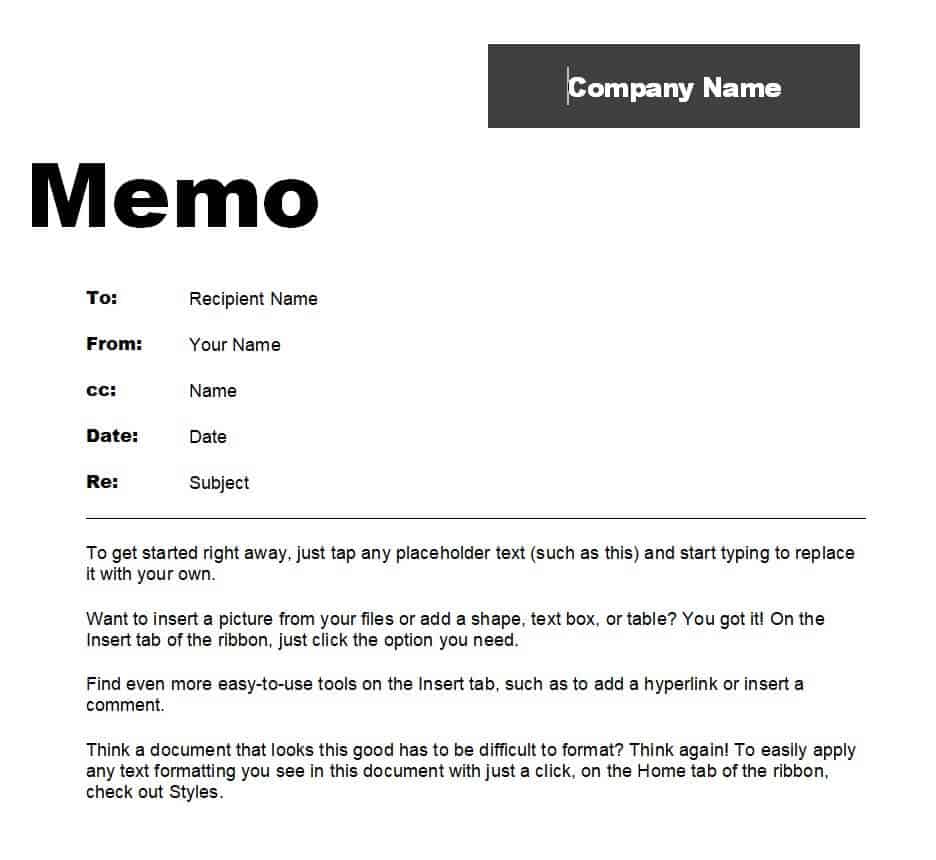
When it comes to communicating important information within a business or organization, memos are a classic and effective tool. In today’s digital age, memo formats are still widely used for their simplicity and convenience. Whether you need to send out a memo to your team members, employees, or clients, having a well-designed memo format can make all the difference.
In this comprehensive guide, we will explore everything you need to know about memo format, including what it is, why it’s important, how to create one, examples of effective memo formats, and tips for successful implementation.
What is a Memo Format?
A memo format is a structured layout that provides a clear and concise way to communicate information within a business or organization. It typically includes the date, the recipient’s name, the sender’s name, the subject of the memo, and the body of the message.
Memo formats can be customized to suit the specific needs and branding of the company, making them a versatile tool for internal communication.
Why is the Memo Format Important?
Memo formats are essential for effective communication within a business for several reasons. Firstly, they provide a formal and professional way to convey information, ensuring that the message is taken seriously.
Additionally, memo formats help to maintain consistency in communication across the organization, reducing the risk of misunderstandings or confusion. By using a standardized memo format, businesses can streamline their communication processes and ensure that important information is conveyed clearly and efficiently.
How to Create a Memo Format
Creating a memo format is a straightforward process that can be customized to suit the specific needs of your business. Here are some steps to help you create an effective memo format:
- Choose a Template: Start by selecting a memo template that aligns with your company’s branding and communication style.
- Include Essential Information: Make sure to include the date, recipient’s name, sender’s name, subject, and body of the memo in a clear and organized manner.
- Add Visual Elements: Incorporate your company logo, colors, and any other visual elements that will enhance the overall look of the memo.
- Proofread and Edit: Before finalizing your memo format, be sure to proofread the content for any errors or inconsistencies.
- Save as a File: Once you are satisfied with the design, save the memo format as a file that can be easily distributed to recipients.
Examples of Effective Memo Formats
There are countless ways to design a memo format, depending on the specific needs and preferences of your business. Here are a few examples of effective memo formats that you can use as inspiration:
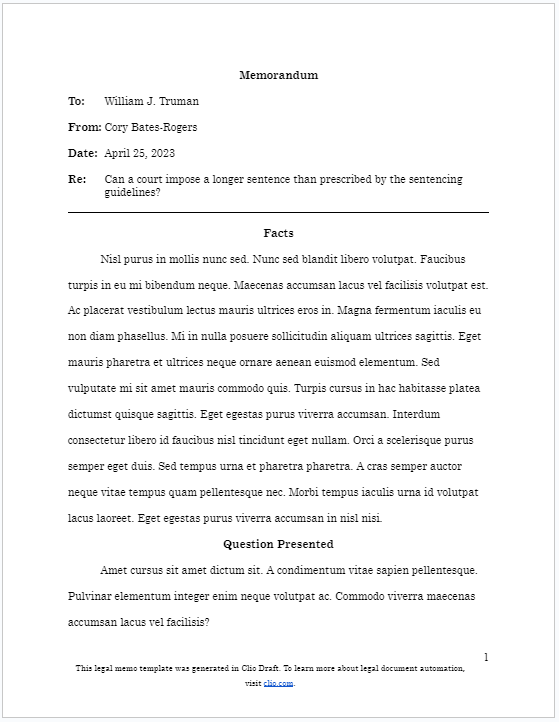
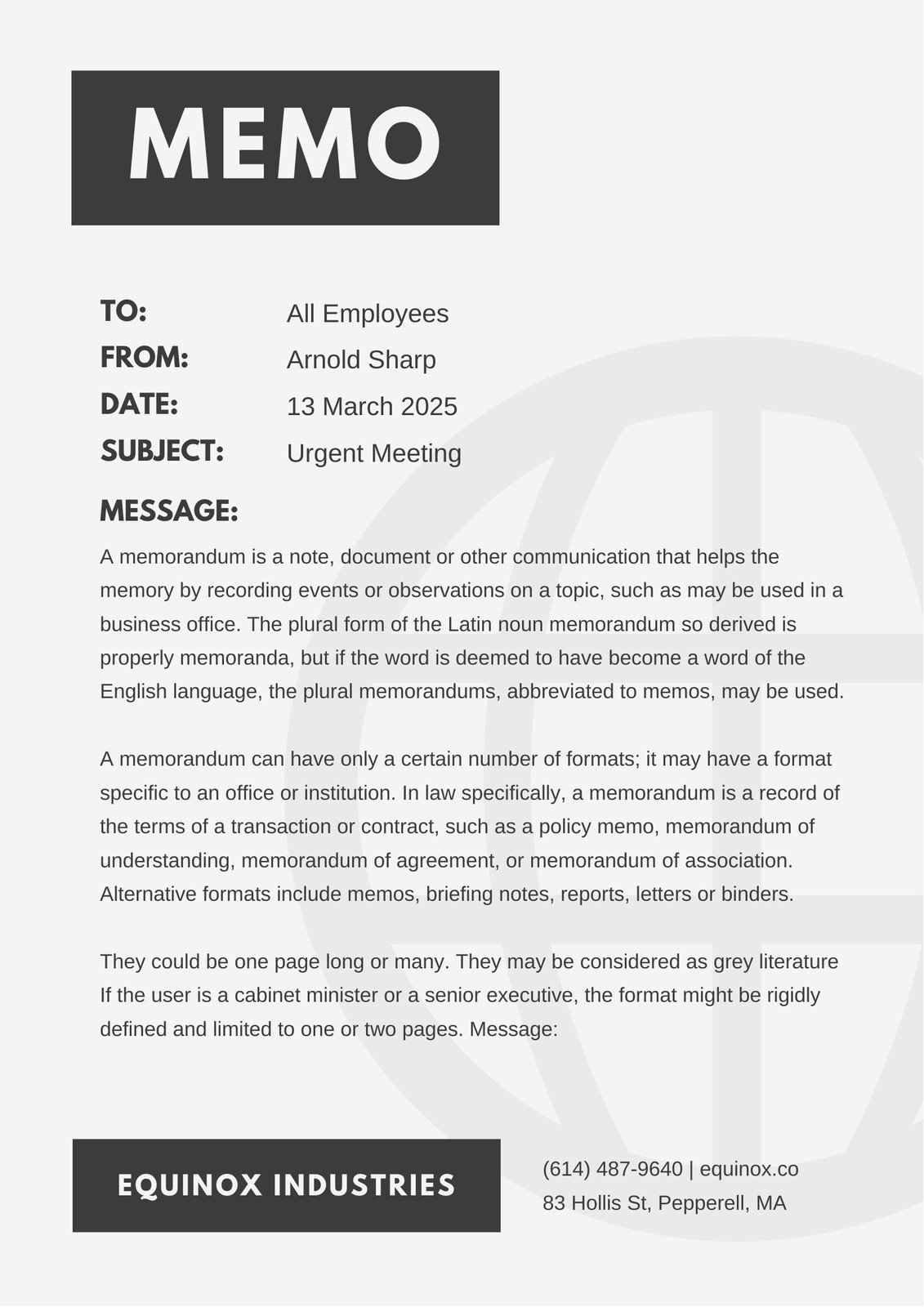
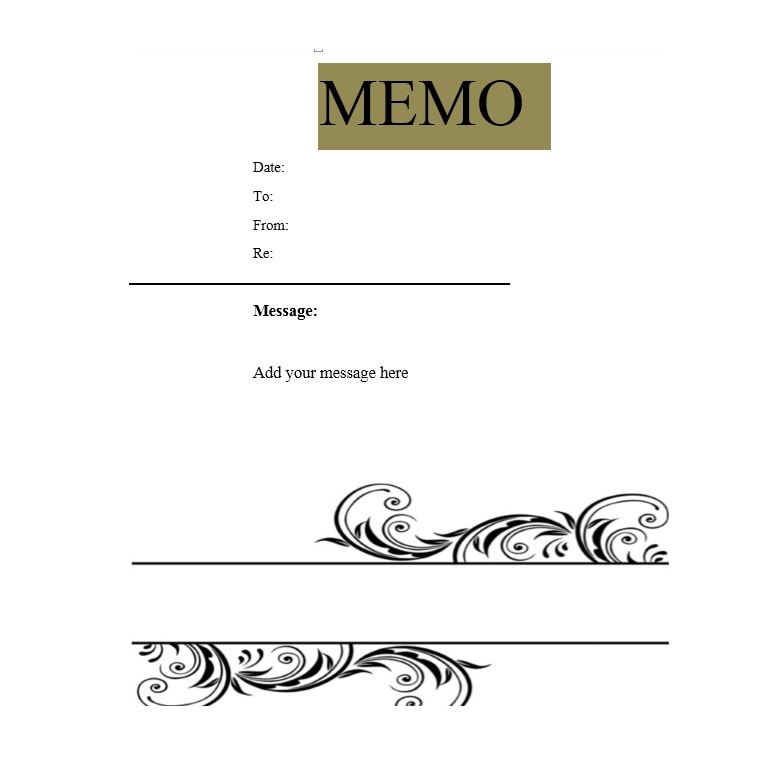
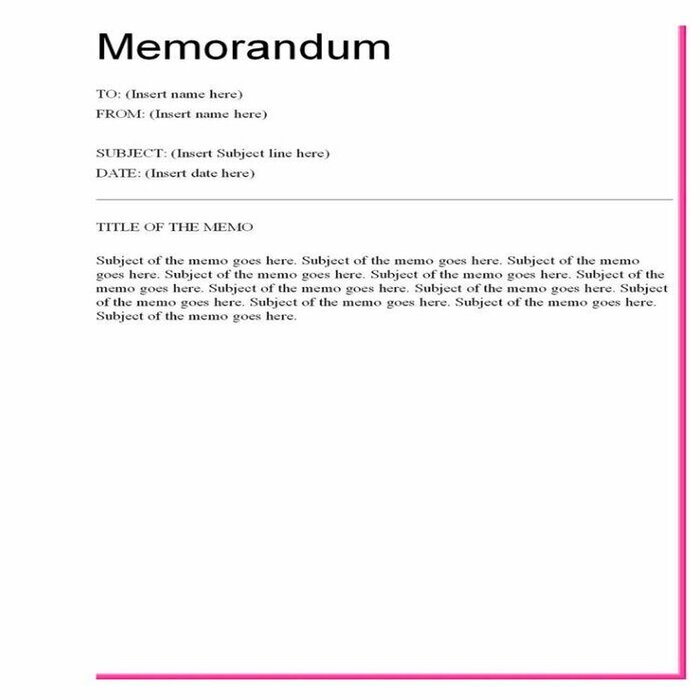
Tips for Successful Memo Formats
When creating a memo format for your business, keep the following tips in mind to ensure its success:
- Keep it concise: Stick to the essential information and avoid unnecessary details to keep the memo clear and to the point.
- Use a professional tone: Maintain a formal and respectful tone in your writing to convey the importance of the message.
- Proofread carefully: Double-check for any errors in grammar, spelling, or formatting before distributing the memo to avoid confusion.
- Consider the audience: Tailor the tone and content of the memo to suit the preferences and expectations of the recipients.
- Follow up if needed: If the memo contains important instructions or requests, follow up with recipients to ensure they have understood and taken appropriate action.
By following these guidelines and best practices, you can create effective and professional memo formats that will enhance communication within your organization and help you convey important information with clarity and precision.
Memo Format Template – Download